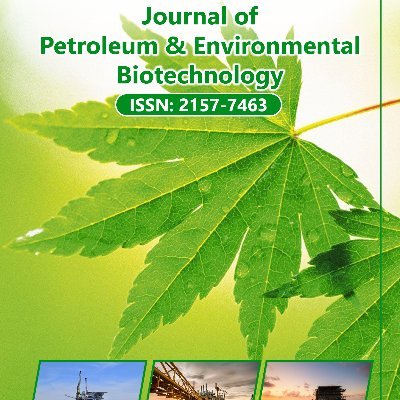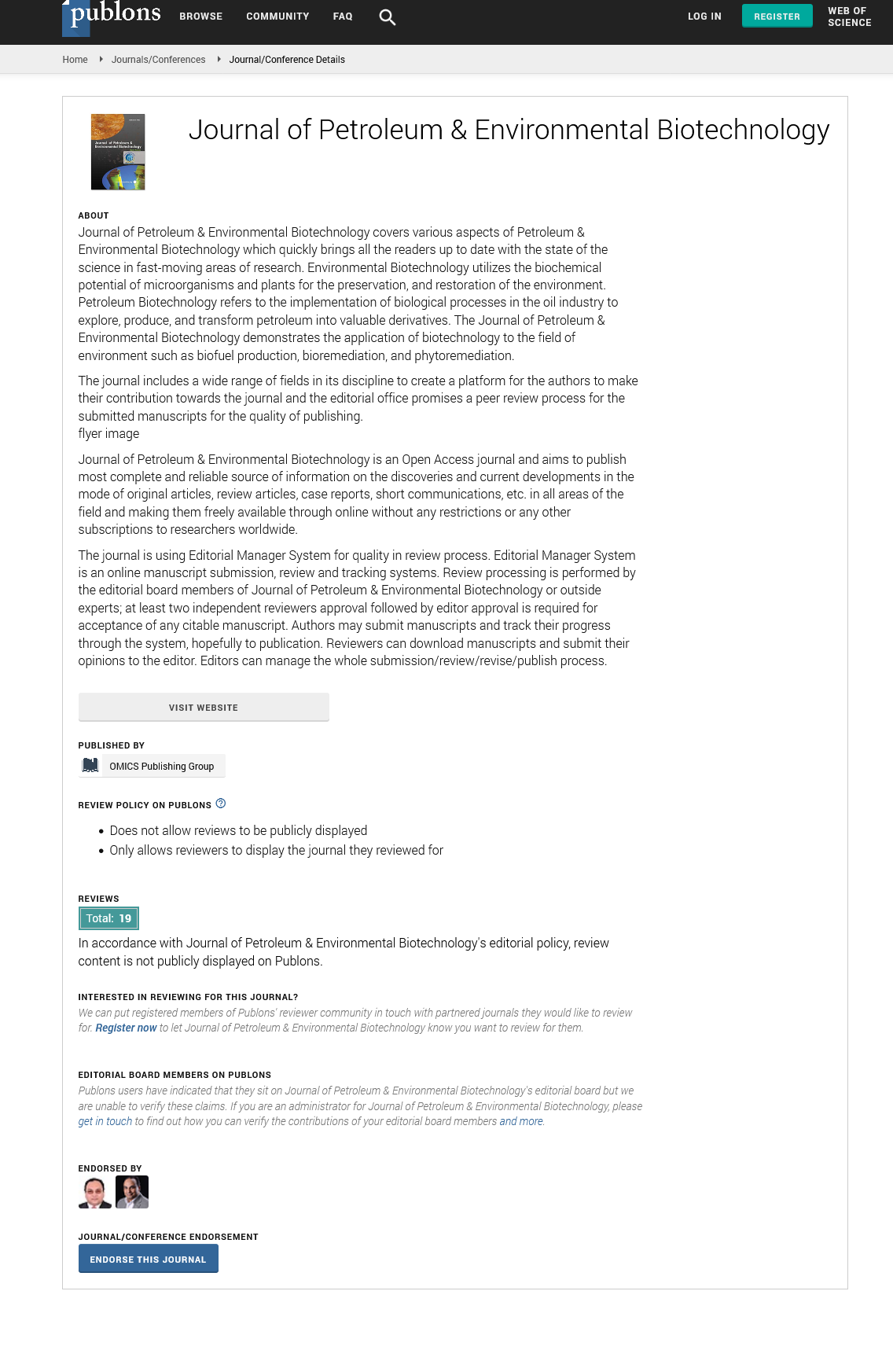Indexed In
- Open J Gate
- Genamics JournalSeek
- JournalTOCs
- China National Knowledge Infrastructure (CNKI)
- Electronic Journals Library
- RefSeek
- Hamdard University
- EBSCO A-Z
- OCLC- WorldCat
- SWB online catalog
- Virtual Library of Biology (vifabio)
- Publons
- MIAR
- Euro Pub
- Google Scholar
Useful Links
Share This Page
Journal Flyer

Open Access Journals
- Agri and Aquaculture
- Biochemistry
- Bioinformatics & Systems Biology
- Business & Management
- Chemistry
- Clinical Sciences
- Engineering
- Food & Nutrition
- General Science
- Genetics & Molecular Biology
- Immunology & Microbiology
- Medical Sciences
- Neuroscience & Psychology
- Nursing & Health Care
- Pharmaceutical Sciences
E-SCLD- estimating soil erosion using fallout caesium-137 and lead- 210 in cultivated land of micro catchment in dolosbage, Sri Lanka
Proceedings of GIS CONGRESS & OIL AND GAS & PETROLEUM ENGINEERING & SOIL SCIENCE
November 25, 2020 | WEBINAR
W.A.T.L Weerakkody, C K Dissanayake, A G Chandrapala, M D Kalpage, T N Attanayake and K M A Kendaragama
Sri Lanka Atomic Energy Board, Srilanka Natural Resources Management Centre, Peradeniya, Srilanka
Scientific Tracks Abstracts: J Pet Environ Biotechnol
Abstract:
Dolosbage, lies between Latitude - 7.08°, Longitude - 80.47° (790 m-890 m above sea level). It belongs to up country wet zone and the average annual rainfall is about 4585.0mm. There were four main land uses such as marginal tea, well grown tea, home gardens and grasslands in this catchment. Uncultivated flat grassland of the hill top which had not been subjected to erosion and deposition was selected as a reference site for the comparison of fallout radionuclide inventory. Activity concentrations of 137Cs & 210Pb were measured by HPGe detector with the relative efficiency of 32.6%. Soil redistribution rates induced by water erosion were calculated by Mass Balance Model II for 137Cs measurements and Mass Balance Model I for 210Pbex (WALLING, et al., 2001). 137Cs inventories, 210Pbex inventories and soil redistribution rates were obtained for 24 bulk cores collected from the cultivated field. For the reference site, the vertical distributions associated with both radionuclides were similar with exponential decrease with depth. According to the 137Cs inventories, highest soil erosion was recorded in marginal tea lands (37.36 t ha-1yr-1) followed by grassland (6.4 t ha- 1yr-1) and home gardens (5.31 t ha-1yr-1). Well grown tea recorded the lowest soil erosion rate. According to the 210Pbex inventories all the land uses studied in the catchment recorded the net soil deposition. Highest deposition rate was observed in grassland (16. 90 t ha-1yr-1) followed by well grown tea (3.61 t ha-1yr-1). Marginal tea recorded the lowest deposition rate (2.17 t ha-1yr-1).
Biography :
Thiwanka Weerakkody is a Scientist at Sri Lanka Atomic Energy Board since 2012. She graduated from department of Botany, University of Ruhuna with a B.Sc special degree in 2006 and completed her M.Sc in Plant Sciences in 2010 at University of Peradeniya. She has completed her Mphil in Radiation Dosimetry in 2019 at faculty of medicine, University of Kelaniya, Sri Lanka. She has authored publications in international journals and presented at national and international fora.

